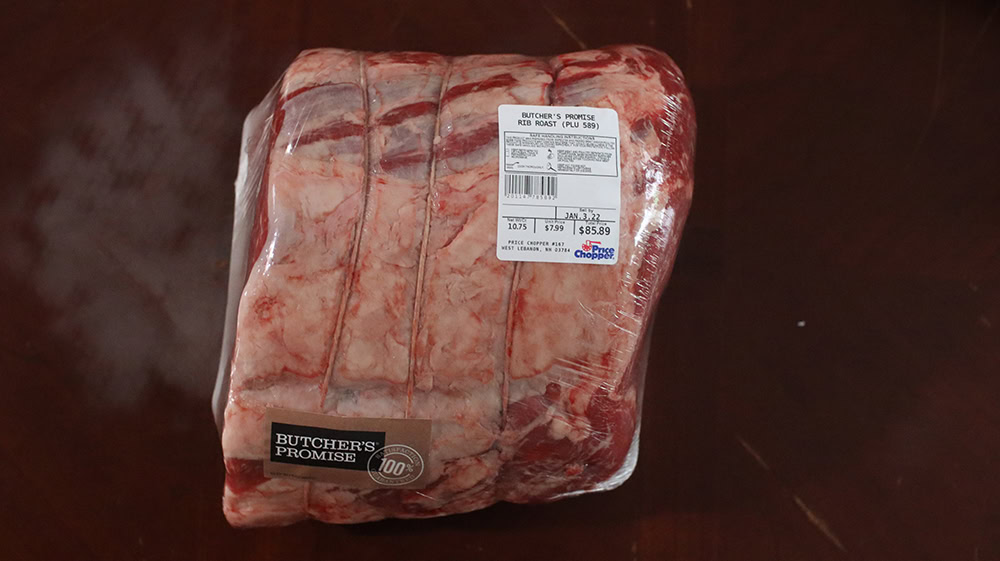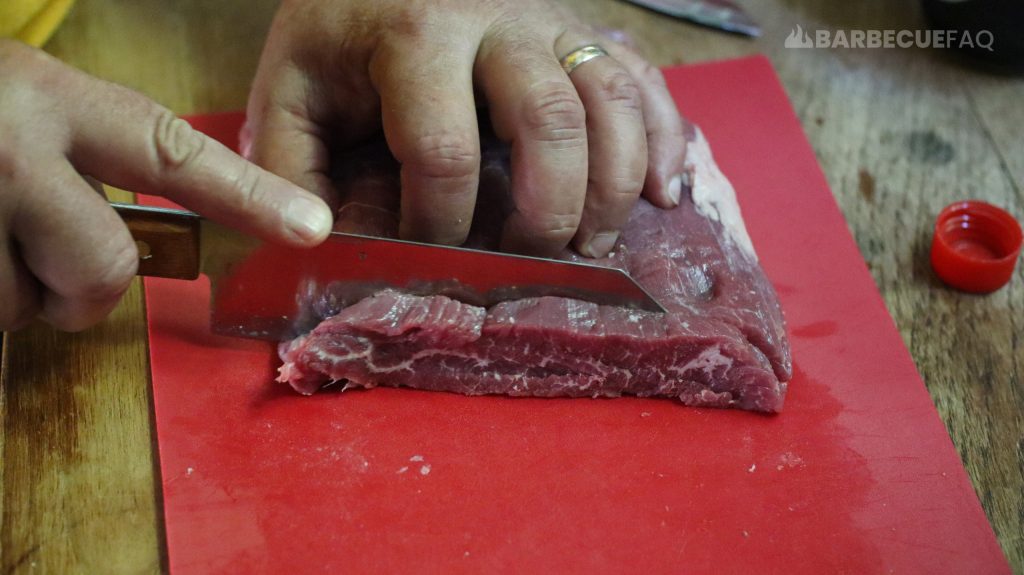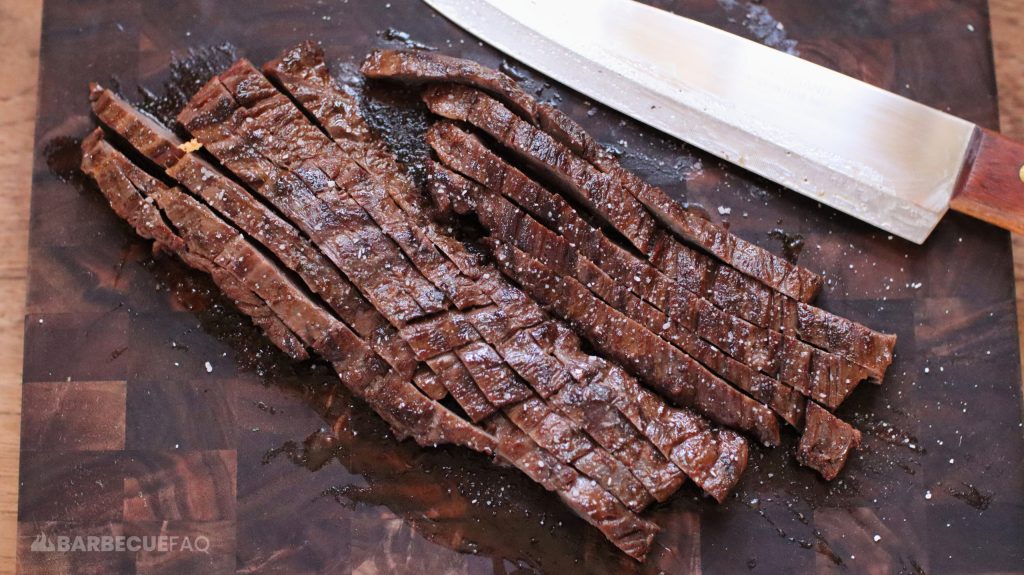Pretty much any recipe that calls for Flank steak, can be substituted with skirt steak and vice-versa.
So stuff like:
- Fajitas
- Steak on a stick
- Steak tacos
- Stir fries
- Steak salads
- etc.
The Only Real Difference is Fat Content
In most cases, flank steak is pretty lean and will lack marbling, regardless of meat grade.
It may still have some fat on the exterior but this isn’t always the case.
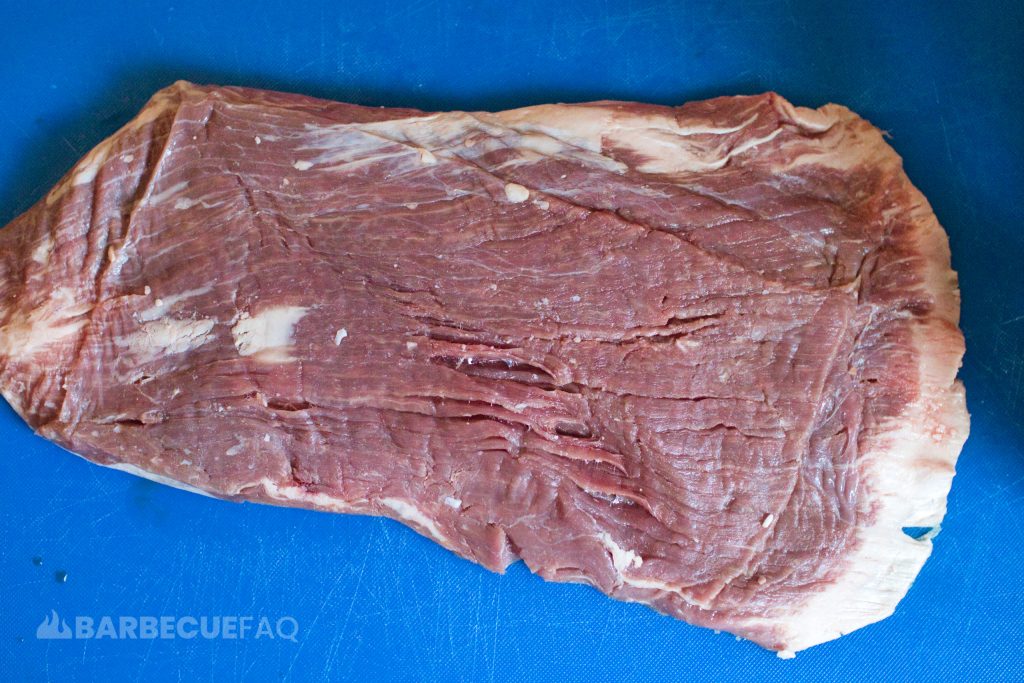
This fact is so true that I use Flank steak for beef jerky where being lean is important because the fat will go rancid.
Skirt steak can be very fatty depending on the USDA Grade you buy.

Both are flat, thin cuts of meat with thick muscle fibers.
Skirt steak has a “looser” grain and tends to take better to marinade – simply because it can penetrate easier.
This loose grain also makes it more tender once it’s sliced.
Both NEED to Be Sliced Against the Grain
If not they’ll be extremely chewy.
- Click here for a quick guide to slicing flank steak.
- Click here for a quick guide to slicing skirt steak.
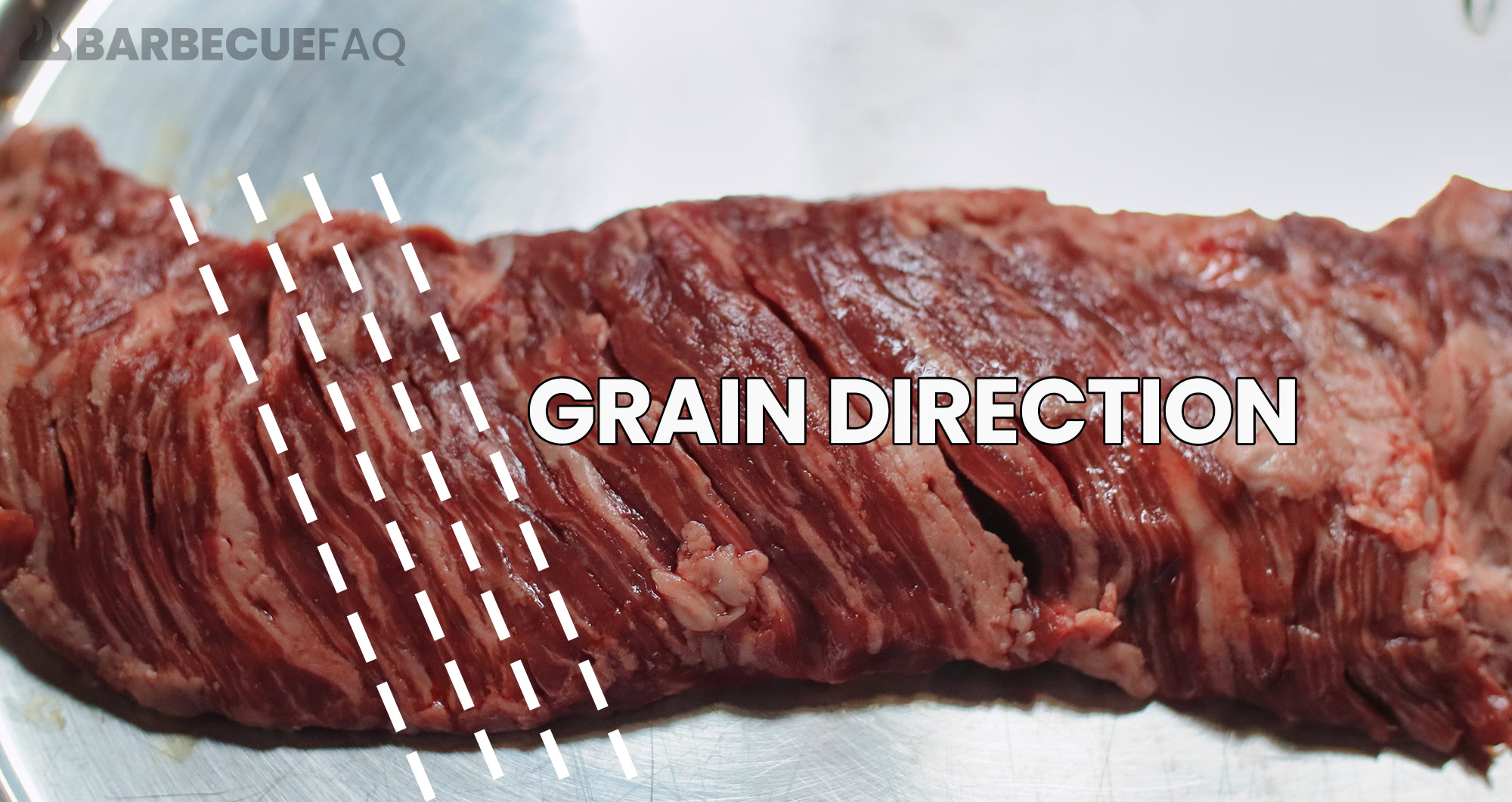
The reason you slice against the grain is to shorten the muscle fiber lengths.
Meaning, your teeth are able to bite and separate the pieces easier.
If you slice either of these steaks with their grain, they will be incredibly chewy.
Due to the Fat, I Think Skirt Steak Can be Pushed to Medium-ish or More
If you have family members who don’t like medium-rare meat or meat with any pink, you can get away with pushing the internal temperature higher with skirt steak.
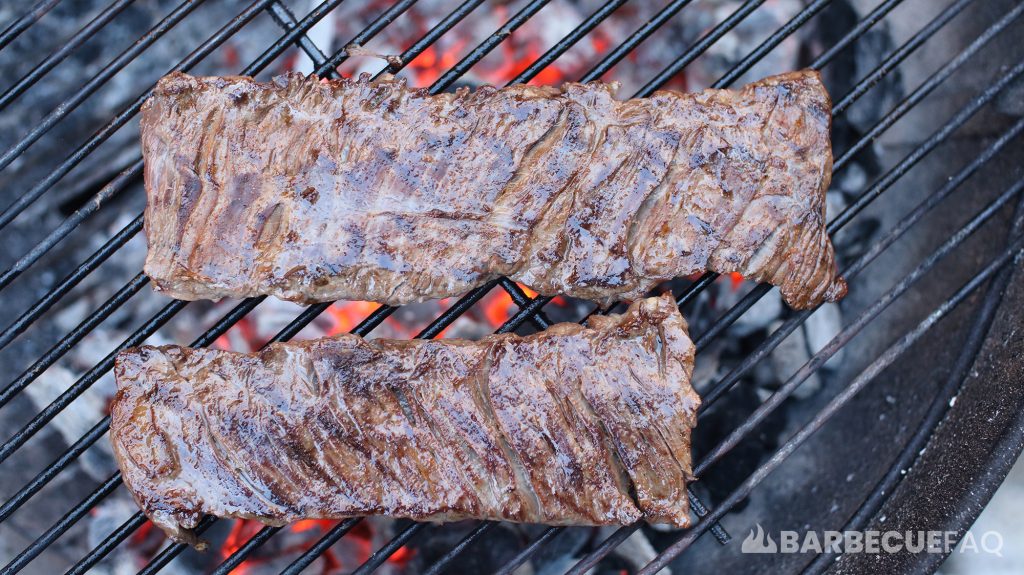
Since you’re cooking longer, more fat can render, which will add to the juiciness of the meat.
With flank steak, if you overcook the meat (beyond medium) it becomes quite tough and dry.


